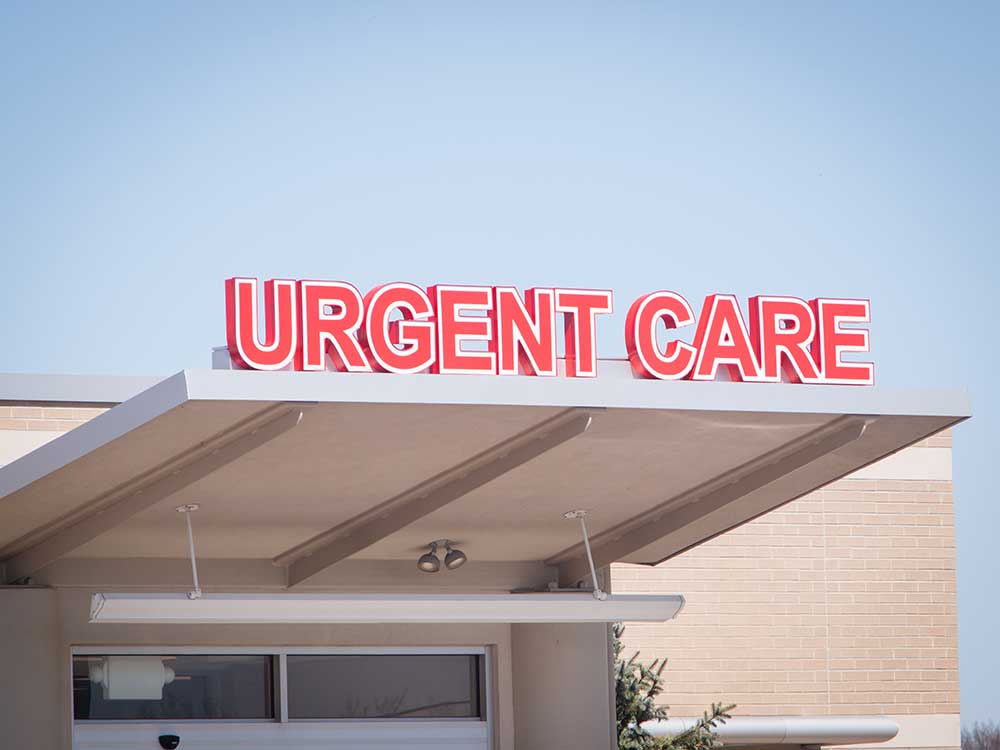Medical facilities play a pivotal role in our overall health and well-being.
When it comes to medical care, understanding the differences between urgent care and primary care is crucial for making informed decisions about your health. Both serve essential roles in healthcare but are designed for different purposes and situations.
In this blog post, we’ll delve into the differences between urgent care and primary care and guide when to choose one.
Continue reading to learn more.
What Is the Main Difference Between Urgent Care and Primary Care?
There are many differences between urgent care and primary care.
Before we explore when to visit each type of healthcare facility, let’s clarify the fundamental difference between urgent care and primary care.
Primary Care Facilities
Primary care physicians (PCPs), often referred to as family doctors or general practitioners, serve as your first point of contact for routine healthcare needs. They provide ongoing, comprehensive care, manage chronic conditions, and offer preventive services like vaccinations and screenings.
Primary care is focused on long-term patient-physician relationships.
Urgent Care Facilities
Urgent care facilities are designed to address immediate but non-life-threatening medical issues when your primary care physician is unavailable. They offer extended hours and walk-in appointments, making them a convenient choice for unexpected medical concerns requiring prompt attention but not severe enough for the emergency room.
Knowing when to choose each type of care ensures you receive suitable medical attention at the right time, ultimately promoting your well-being and addressing your healthcare needs effectively.
Whether it’s a routine check-up with your primary care physician or prompt treatment for an unexpected injury at an urgent care center, both play vital roles in maintaining your health and addressing medical concerns as they arise.
Know When to Go to Urgent Care vs. Primary Care
Understanding the different roles of urgent and primary care is essential for making the right choice when seeking medical care.
You should consider a visit to your PCP for
- Routine check-ups
- Management of chronic conditions like diabetes, hypertension, or asthma
- Vaccinations and immunizations
- General non-urgent health concerns such as mild illnesses or mild injuries that can wait
- Referrals to specialists or recommended tests or treatments
You should visit an urgent care facility, like State Urgent Care, for
- Immediate but non-emergency / non-life-threatening issues that require prompt attention, such as
- Minor injuries (e.g., sprains, strains, minor fractures)
- Minor illnesses (e.g., old, flu, ear infections)
- Skin conditions (e.g., rashes, insect bites)
- After-hours care
- Walk-in appointments
- Lab tests and X-rays that require quicker evaluation and treatment
- Minor procedures like wound suturing, abscess drainage, and splinting of minor fractures
Get The Rapid Care You Need at State Urgent Care
Don’t wait hours or days to get the treatment you need right now.
If you or a loved one are dealing with an injury or illness that requires immediate attention, our State Urgent Care team is here to help.
We provide a full spectrum of testing, treatment, and services at urgent care to help you feel better sooner.
We are open seven days a week with no appointments necessary. Simply walk in to get seen when you need it most.

